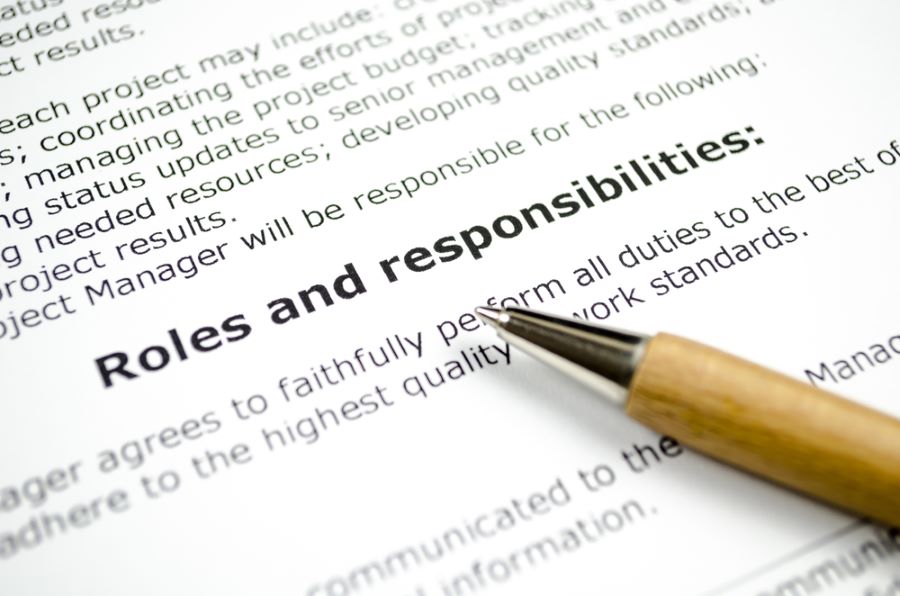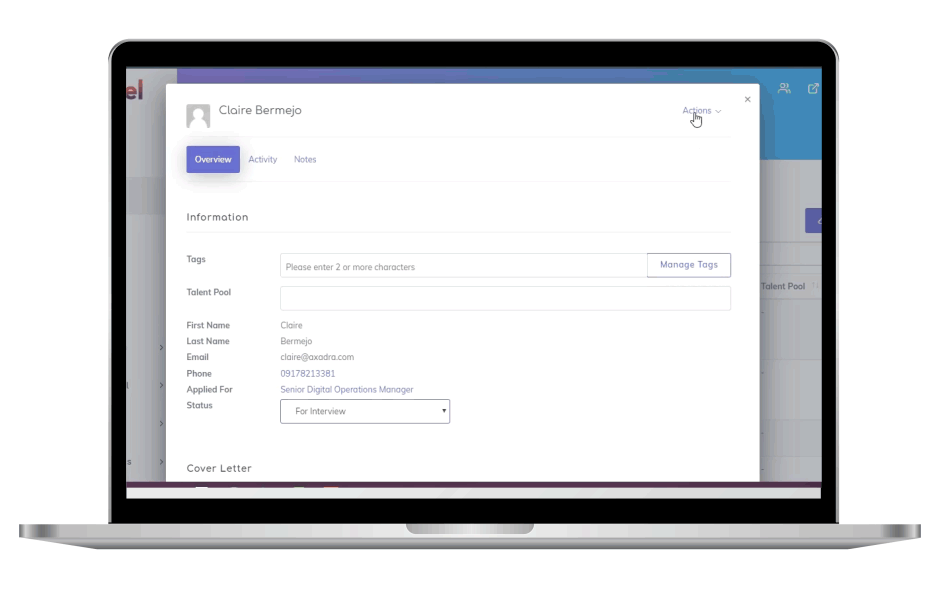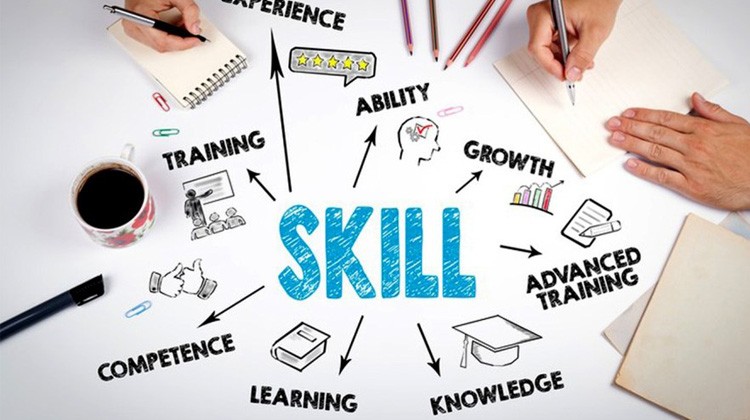Job postings serve as the first impression a company makes on potential applicants. One of the most important components of a job posting is the job description itself. A well-crafted and effective job description not only captures attention but also encourages candidates to further explore your company and the specific role. With top talent in high demand, your job description must be engaging and impactful enough to stand out!
In this article, we’ll explore essential tips for writing an effective job description to ensure that you don’t miss out on the best candidates.
What is a Job Description
A job description is a formal document or post that describes the major duties, responsibilities, qualifications, and expectations associated with a specific role within a company or organization. It provides clarity about the position and its requirements. It also helps recruiters set realistic expectations in terms of the scope and level of responsibility of the role.
Job Description Components
An effective job description must include the following components:
Job Title
A clear and accurate title that reflects the position. It serves as the first point of attraction for potential candidates.
Job Purpose
The job purpose outlines the primary function of the role within the organization. It clarifies how the position contributes to the company’s goals and objectives, helping candidates understand the significance of their contributions.
Duties and Responsibilities
This outlines key tasks and responsibilities expected from the employee. It should be detailed enough to outline daily activities and long-term projects for clarity. This section helps candidates gauge whether they have the necessary skills and are willing to perform specified tasks.
Required Qualifications
The required qualifications section specifies the essential skills, education, and experience necessary for the role. This includes specific degrees, certifications, and technical skills that candidates must possess to be considered.
Preferred Qualifications
This section highlights additional skills, experiences, or education that would enhance a candidate’s application but are not mandatory. This allows employers to attract a broader range of applicants while still emphasizing desirable traits.
Working Conditions
This section describes the physical environment, unique conditions, and typical setup of the job, such as remote work options, travel requirements, or specific workplace hazards. Providing this information helps candidates assess their compatibility with the working conditions.
Compensation and Benefits
Some employers hesitate to disclose compensation and benefits in the job description but doing so shows your commitment to transparent communication and pay equity. Indicating salary and perks sets clear expectations and reduces the likelihood of negotiations later in the hiring process.
Career Progression and Other Growth Opportunities
This component outlines potential career advancement paths and professional development opportunities within the organization. Highlighting growth prospects can attract ambitious candidates who are looking for long-term career development and job satisfaction.
Brief Company Background and Culture
A brief overview of the company provides context for the job role, including its mission, values, and culture. This section helps candidates determine if they align with the organization’s ethos, making it easier for them to assess whether they would be a good fit for the team.
How Employers Benefit from Compelling Job Descriptions
Writing job descriptions may feel like a tedious and mundane task for recruiters due to their repetitive nature and need for precision. On top of that, recruiters need to perform multiple tasks throughout the hiring process. However, creating an effective job description is crucial for the following reasons:
Attracting Qualified Candidates
The job market can be tight and saturated, and finding qualified candidates might feel like searching for a needle in a haystack. A well-written job description can filter out unqualified applicants and draw in those who are genuinely suited for the position. This makes the hiring process more efficient and increases the likelihood of making the right hire.
Establishing Clear Expectations
Effective job descriptions set clear expectations for both employers and employees. Detailing specific duties and responsibilities holds employees accountable for their roles and facilitates accurate evaluations during performance reviews.
Enhancing Employee Retention
Candidates who clearly understand their responsibilities are less likely to feel misled once they start the job. When job descriptions accurately reflect the role and its expectations, it leads to higher job satisfaction and reduced turnover rates.
Promoting Company Culture
Job descriptions can also serve as a tool to showcase the company’s culture and values. By using engaging and inclusive language, employers can attract candidates who are a great fit for the team and resonate with the organization’s mission and vision.
Mitigating Legal Risks
Maintaining accurate and updated job descriptions ensures that the company is complying with applicable labor laws. It helps protect against potential employee lawsuits brought about by any misunderstanding or improper documentation.
Streamlining Recruitment Efforts
Detailed and impactful job descriptions reduce the time spent sorting through resumes. When candidates understand the role’s requirements upfront, employers can focus their efforts on the most qualified applicants.
How to Write an Effective Job Description
Now that we’ve listed all the great ways compelling job descriptions can benefit employers, you might be wondering how to actually create one that stands out. After all, a well-crafted job description is your chance to make a fantastic first impression on potential candidates. It gives them a picture of what it will be like to work with you, and whether the role is promising enough to apply for.
Here are some best practices when writing an effective job description:
1. Use a Clear Job Title
While it may be tempting to use non-traditional job titles like “Rockstar Copywriter” or “Funtastic Designer” to appear friendly and trendy, these are unprofessional and potentially discriminatory. Avoid disingenuous job titles and opt for clearer ones, ideally those widely known or used in the industry.
2. Keep It Simple and Unique
The job description should capture the essence of the role and your company. Avoid copying job descriptions from other sources. Instead, create a unique description that reflects your company’s culture and the requirements of the role.
3. Be Concise
Use clear language and concise sentences to make it easy for candidates to understand. Aim for job descriptions that are brief yet informative, ideally between 600-700 words. Candidates often skim job postings, so make sure your job description contains essential keywords.
4. Include Compensation and Benefits Information
Including compensation and benefits information in job descriptions sets clear expectations for candidates and promotes transparency. As much as possible, indicate a salary range and outline perks such as health insurance, retirement plans, and paid time off.
5. Make It Personal
Effective job descriptions are professional yet relatable. Use direct language that addresses the candidate, such as “you” and “we.” This personal touch can help candidates envision themselves in the role and feel more connected to your company.
6. Define Required vs. Preferred Qualifications
Clearly distinguish between the skills and qualifications that are essential for the role and those that are desirable. This approach shows that you are open to a broad range of candidates and welcome those who have the potential to grow.
7. Highlight Key Responsibilities
Rather than just posting a laundry list of tasks, list the main duties and responsibilities. Include explanatory phrases which describe why, how, where, or how often the tasks are performed. This helps candidates understand what they will contribute to the organization.
8. Use Inclusive Language
Make sure your job description uses inclusive language that appeals to a diverse candidate pool. Avoid gender-coded terms and jargon that may alienate potential applicants. This helps create a welcoming atmosphere for all candidates.
9. Proofread and Edit Thoroughly
Typos, grammatical errors, and unclear language can undermine credibility and put off qualified candidates. Clarity and accuracy in word choice and language make it easier for potential applicants to understand the role and its requirements.
Writing an effective job description is essential for successful hiring. They serve as a vital tool in ensuring that both parties have a mutual understanding of the role, which ultimately leads to better hiring outcomes. With these tips, you’re one step closer to streamlining your recruitment!
Optimize Your Recruitment with Skillfuel
If you’re ready to elevate your job descriptions and overall hiring process, partner with Skillfuel! Our job portal development platform has user-friendly tools and features that you can use to create impactful job postings.
Our platform allows you to fully customize job profiles to match the specific requirements of each open position. You can tailor the content, format, and layout to showcase the unique aspects of the role and your company culture. This level of customization helps you paint a clear picture for candidates, ensuring they understand the job responsibilities and your expectations.
Don’t settle for generic job descriptions that blend in with the crowd. Sign up today and experience the difference a customizable, engaging career page can make in your recruitment efforts. For more information, contact Skillfuel!















